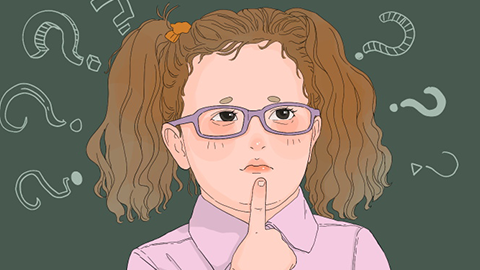How to Treat High Myopia
Myopia usually refers to nearsightedness. Generally speaking, high myopia may be caused by bad eye habits, poor dietary habits, genetic factors, excessive axial length of the eye, abnormal intraocular pressure, and other reasons. It is recommended to seek timely medical attention, identify the cause, and then under the guidance of a professional physician, recover through general treatment, medication, or surgical treatment. Specific analysis is as follows:

1. Poor Eye Habits
Excessive use of electronic products and other bad eye habits can lead to retinal fatigue, which may easily cause high myopia, accompanied by symptoms such as eye swelling and pain. It is recommended to maintain good eye habits and have regular eye examinations. 2. Poor Dietary Habits
As high myopia is a pathological type of myopia, a lack of high-quality protein and certain trace elements in the body can worsen high myopia. It is recommended to pay attention to nutrition in daily life, eat more high-protein foods such as eggs, milk, beef, and maintain a balanced diet.
3. Genetic Factors
High myopia has a certain genetic predisposition. If there are family members with high myopia, the risk of offspring developing the condition will correspondingly increase. There may also be an increased risk of complications such as retinal detachment and macular degeneration. It is recommended to undergo regular ophthalmologic examinations and implement early interventions, which can effectively prevent the occurrence of complications associated with high myopia.
4. Excessive Eye Axial Length
An overly long axial length of the eye causes light to focus in front of the retina, resulting in decreased distance vision. Close-up objects are seen clearly, but distant objects appear blurry, which can easily lead to high myopia. It is recommended to consider wearing glasses or contact lenses to correct vision, or undergo refractive surgery.
5. Abnormal Intraocular Pressure
Excessively high intraocular pressure exerts pressure on the eye's structures, causing insufficient oxygen supply and easily triggering high myopia. Symptoms such as eye pain, headache, and narrowed visual fields may also occur. For abnormal intraocular pressure, follow the doctor's instructions to use intraocular pressure-lowering medications, such as Betagan eye drops, latanoprost eye drops, or acetazolamide tablets to control eye pressure. If necessary, laser therapy or surgery may be required to reduce intraocular pressure.
When treating high myopia, suitable treatment methods should be selected according to individual conditions. At the same time, maintain healthy lifestyle habits and a positive mindset.









